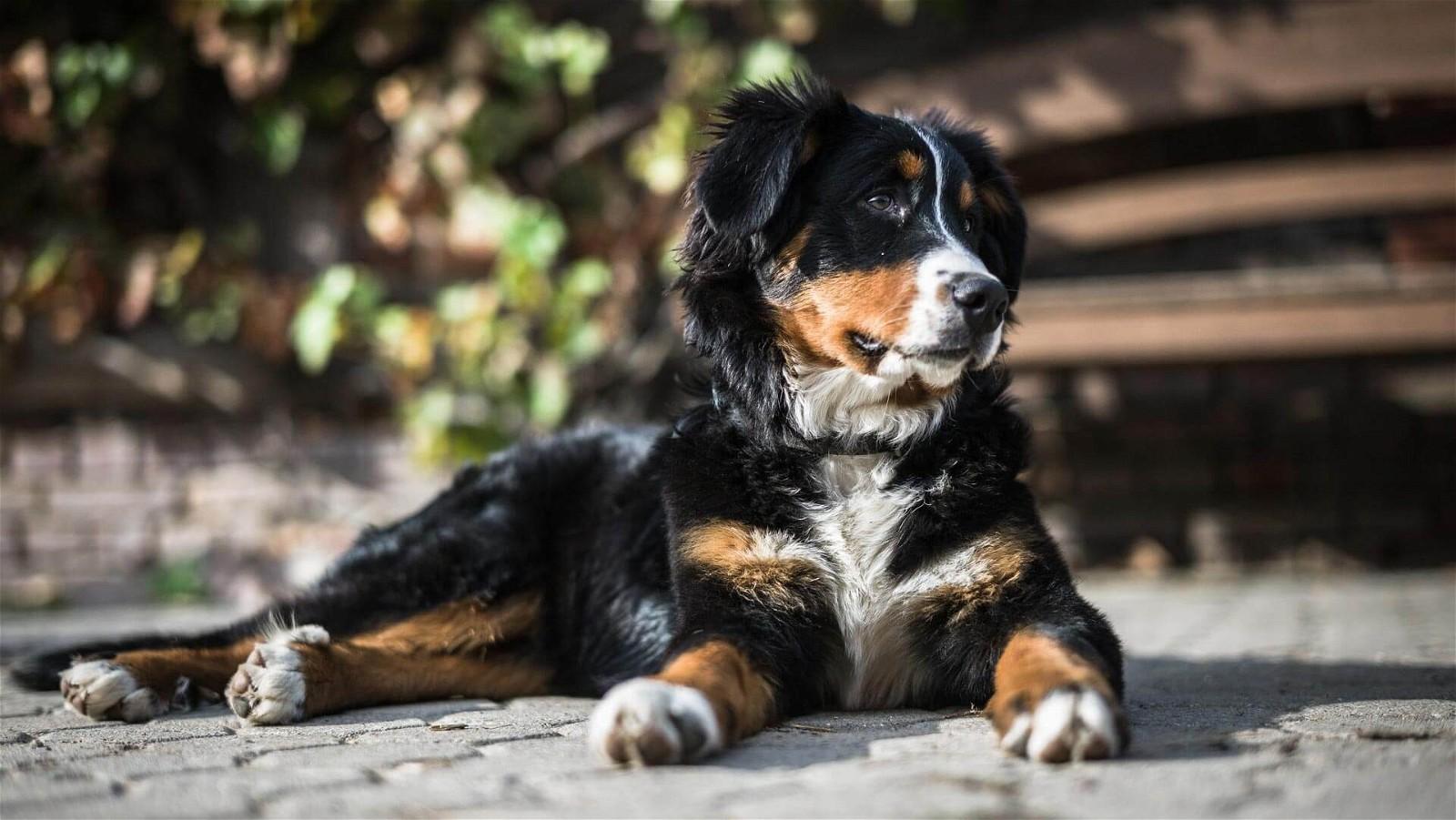The world of canines features incredible diversity, but few categories are as truly awe-inspiring as giant dog breeds. These gentle giants will instantly take your breath away with their towering size, powerful presence, and profound loyalty. From the majestic Tibetan Mastiff to the surprisingly graceful Great Dane, these breeds hold a special place in the hearts of dog lovers everywhere. However, their size comes with unique considerations—including specialized care, training, and significant financial commitments—that owners must understand before welcoming one into their home. Here, we delve into the characteristics, needs, and impressive statistics of ten of the largest dog breeds.
The Largest Dog Breeds
1. English Mastiff
The undisputed heavyweight champion of the dog world, the English Mastiff boasts an imposing presence, reaching up to 36 inches in height and weighing a staggering 230 pounds. Despite their intimidating size, English Mastiffs are known for their gentle and affectionate nature, making them surprisingly gentle giants.
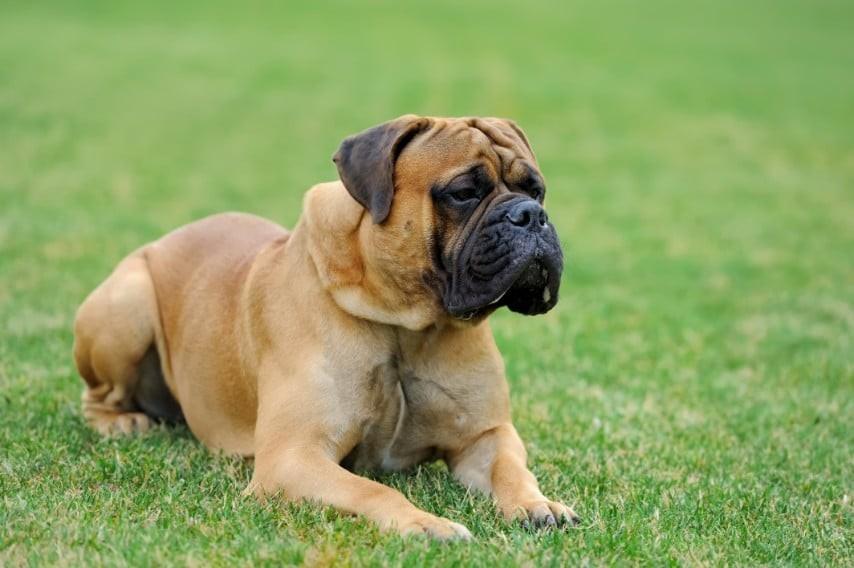
2. Neapolitan Mastiff
Originating from southern Italy, the Neapolitan Mastiff exudes an air of regal elegance and strength. With their wrinkled skin, droopy jaws, and muscular build, these gentle giants can reach up to 31 inches in height and weigh up to 200 pounds.
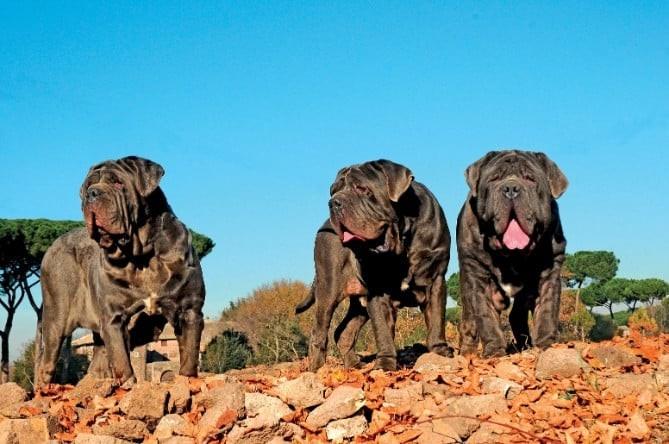
3. Saint Bernard
Renowned for their heroic rescues in the snowy Alps, Saint Bernards are not only large but also incredibly compassionate. These gentle giants can grow up to 30 inches tall and weigh up to 200 pounds, making them a formidable yet affectionate presence.
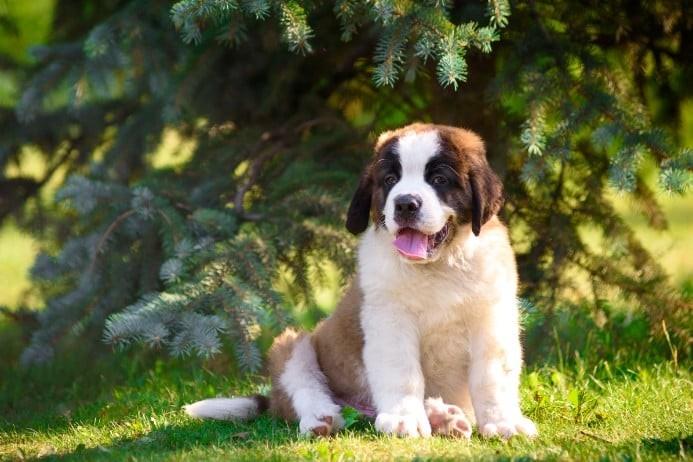
4. Irish Wolfhound
As their name suggests, Irish Wolfhounds were originally bred to hunt wolves, and their imposing stature is a testament to their prowess. These lean and muscular dogs can reach up to 32 inches in height and weigh up to 180 pounds.
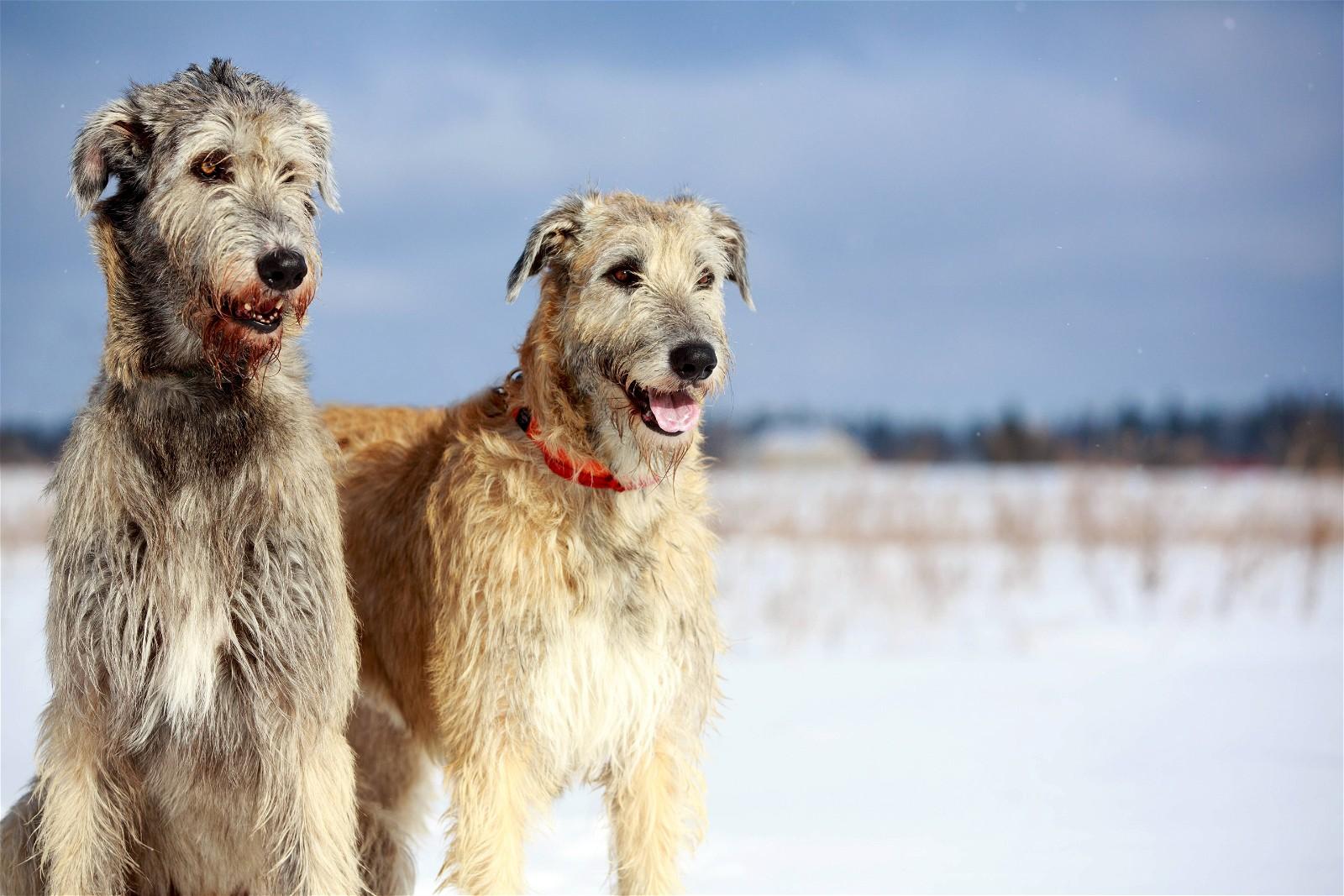
5. Great Dane
Affectionately known as "gentle giants," Great Danes are renowned for their elegant stature and graceful gait. These towering dogs can reach up to 35 inches in height and weigh up to 180 pounds.
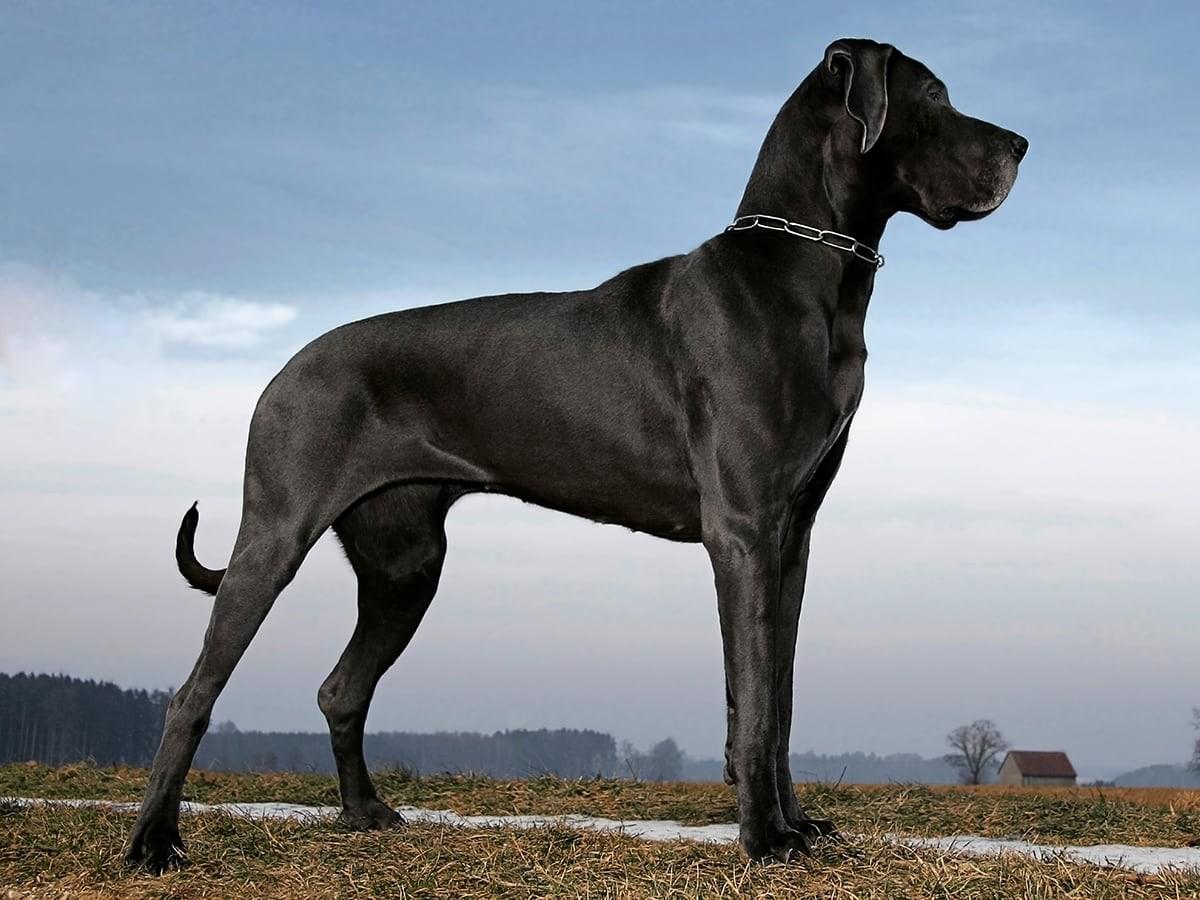
6. Leonberger
Bred for companionship and protection, Leonbergers combines the gentle nature of a St. Bernard with the regal presence of a lion. These fluffy giants can reach up to 31 inches in height and weigh up to 170 pounds.
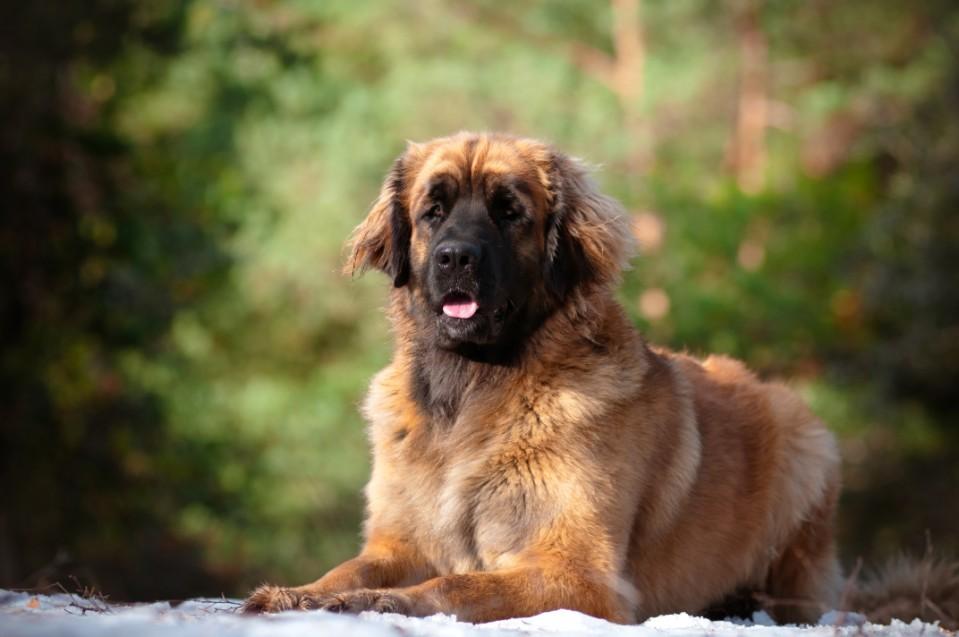
7. Tibetan Mastiff
Hailing from the rugged terrain of the Himalayas, Tibetan Mastiffs are known for their thick fur, protective instincts, and unwavering loyalty. These formidable dogs can reach up to 30 inches in height and weigh up to 170 pounds.
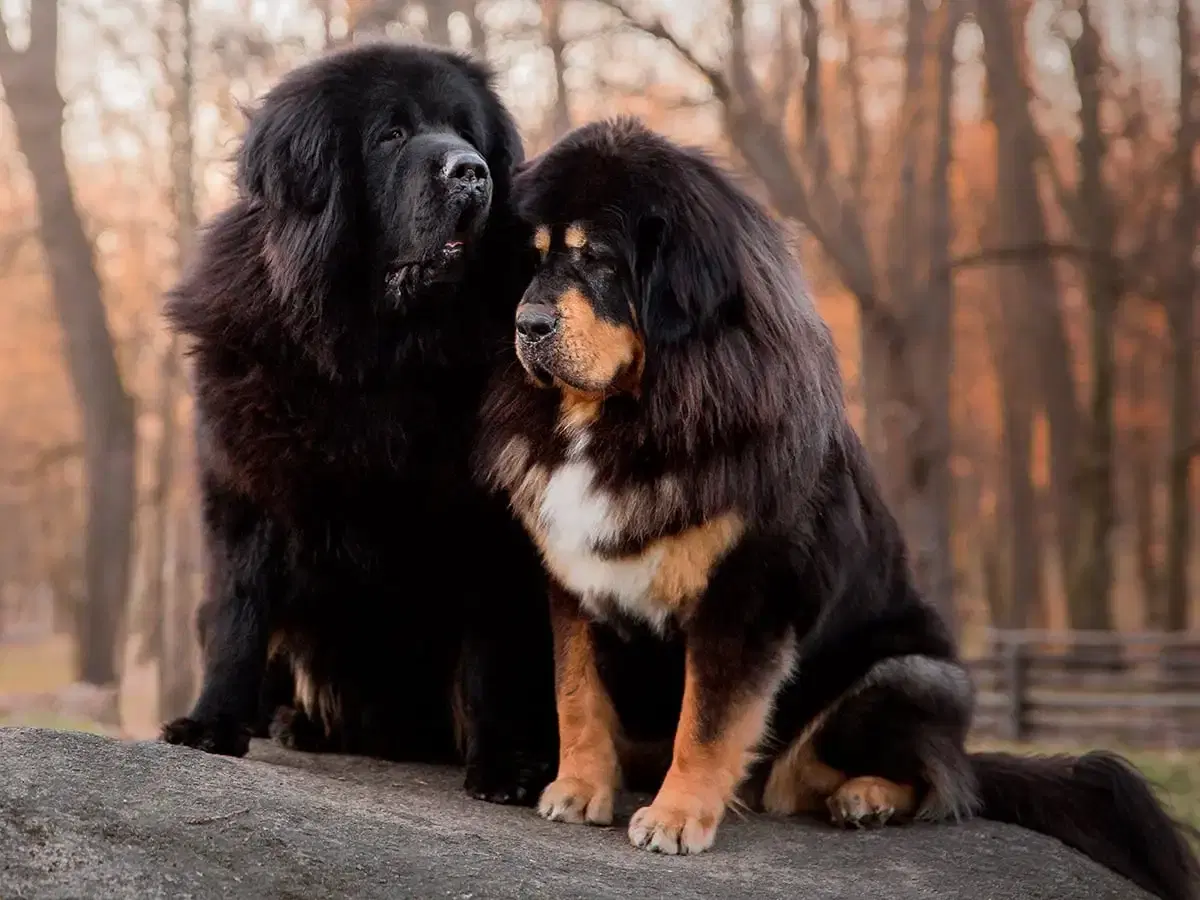
8. Boerboel
Originating from South Africa, Boerboels are muscular and athletic dogs, bred for farm work and companionship. These loyal companions can reach up to 30 inches in height and weigh up to 200 pounds.
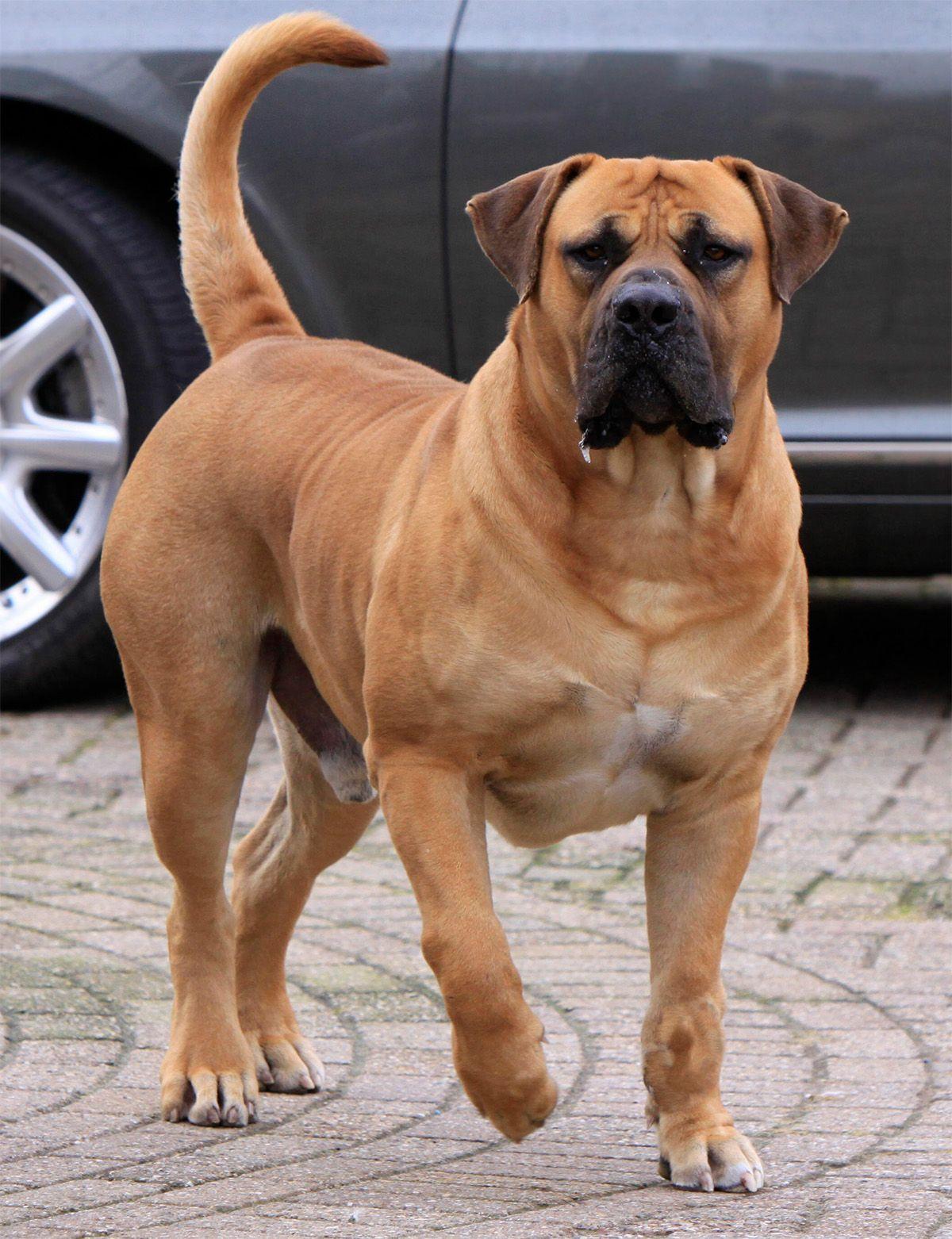
9. Dogo Argentino
Known for their muscular build and athleticism, Dogo Argentinos were originally bred for hunting wild boar. These powerful dogs can reach up to 27 inches in height and weigh up to 100 pounds.
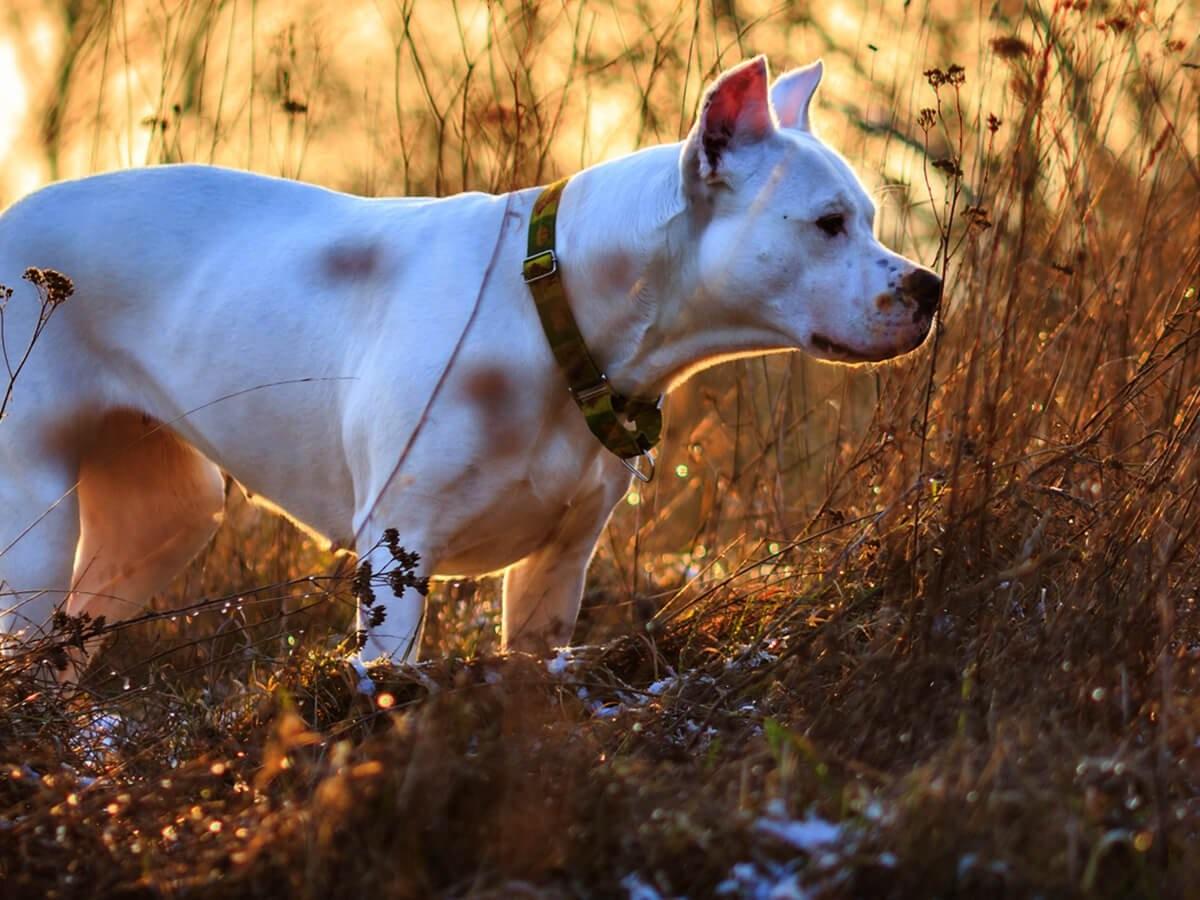
10. Cane Corso
With their muscular bodies and distinctive black masks, Cane Corsos exude an air of confidence and strength. These loyal and protective dogs can reach up to 28 inches in height and weigh up to 150 pounds.
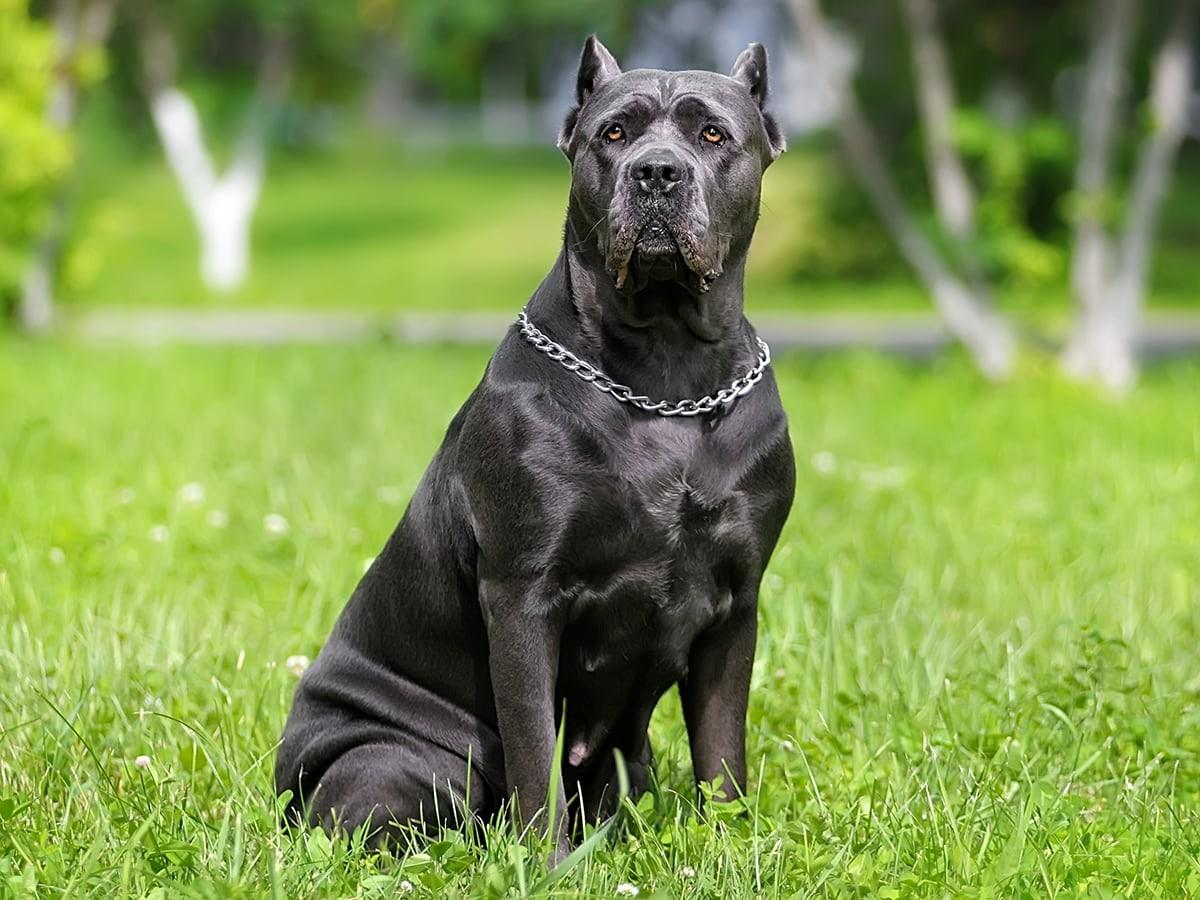
Expert Opinions on Large Dog Breeds
According to the American Kennel Club, giant dog breeds come with giant needs, and not every clinic or dog-care service will be equipped to meet them. So when choosing a vet, sitter, dog walked, or daycare provider for your pet, it's important to ask about their experience working with giant dogs and make sure that they are comfortable meeting the needs of your pet.
Dogs this large can weigh as much as an adult which leaves little room for bad manners. According to Sassafras Lowreey, a Certified Professional Dog Trainer, training should begin early and continue throughout your pet's life to make sure they never develop behaviors such as jumping on guests to greet them when they come through your door.
Choosing the Right Giant for You
Giant dog breeds are amazing companions, but their size comes with certain considerations. Before welcoming one of these gentle giants into your life, consider your lifestyle:
Living Space: Do you have a house with ample room for a large dog to move around comfortably?
Activity Level: Giant breeds require regular exercise, but their joints may be prone to strain. Can you provide moderate walks and playtime without overexertion?
Financial Commitment: Giant dogs tend to have higher food and veterinary care costs. Are you prepared for this financial responsibility?
Temperament: Research the specific temperament of the breed you're interested in. Some giant breeds may require more experienced owners.
Big Hearts, Big Needs: Common Health Concerns
While generally healthy, giant dog breeds can be predisposed to certain health problems:
Hip Dysplasia: A common condition where the hip joint doesn't form properly.
Bloat: A life-threatening stomach condition that can occur in deep-chested breeds.
Eyelid Problems: Entropion (inward turning eyelid) and ectropion (outward turning eyelid) can be more common in some giant breeds.
Expert Insights From Spot
According to internal research conducted at Spot, several giant dog breeds, like Boerboels, Cane Corsos, Great Danes, Saint Bernards, and Tibetan Mastiffs, see higher average costs for pet insurance claims compared to other breeds. These costs can be 20-35% more expensive, with common claims involving digestive issues, skin conditions, allergies, ear infections, lameness, and gastrointestinal conditions.
Furthermore, breeds such as Dogo Argentinos, English Mastiffs, and Irish Wolfhounds experience even steeper increases in claim costs, ranging from 56-68% higher. The Neapolitan Mastiff stands out with a staggering 77% higher average claim cost compared to other breeds.
These variations likely stem from a combination of factors:
Size and Related Issues: Giant size can put stress on joints and bones.
Genetic Predispositions: Certain breeds may be more prone to specific health problems.
Care Requirements: Meeting the specific needs of a giant dog breed can be more demanding.
Understanding these potential costs can help you make informed decisions about giant dog ownership. Remember, responsible pet ownership includes budgeting for veterinary care.
Frequently Asked Questions
What are the largest dog breeds in the world? Some of the largest dog breeds include the English Mastiff, Great Dane, Saint Bernard, Irish Wolfhound, and Tibetan Mastiff—giant dogs known for their impressive size, gentle temperaments, and powerful presence.
Are giant dog breeds good family pets? Yes, many giant breeds are affectionate, loyal, and gentle with their families, but they require experienced, responsible owners who can manage their size, training needs, and care requirements.
How much exercise do large dog breeds need? Giant breeds need moderate daily exercise, such as steady walks and controlled playtime, to stay healthy without putting unnecessary strain on their joints.
How much do the biggest dog breeds eat? Large dog breeds eat significantly more than average dogs, and owners should budget for higher food costs due to their size and nutritional needs.
Do large dog breeds have shorter lifespans? Yes, giant dog breeds typically have shorter lifespans than smaller dogs, often due to their rapid growth and increased risk of conditions like hip dysplasia and bloat.
More About Spot Pet Insurance
Dog insurance can help provide financial assistance for covered veterinary care in case of unexpected accidents, illnesses, or injuries. Our plans can help pet parents manage the eligible costs of covered veterinary care and help ensure that their pets can receive the best treatment possible. Here are some ways that Spot pet insurance plans can help:
Helps Cover Unexpected Veterinary Costs: Spot pet insurance plans help cover the eligible costs of unexpected veterinary treatments, such as emergency surgeries, X-rays, and prescription medications for covered conditions.
Customizable Plans: Choose your annual limit, reimbursement rate, and deductible from a range of options, and create the plan that will fit the needs of your pet and your budget.
Peace of Mind: With Spot pet insurance plans, pet parents can know that they can provide the best care for their pet with less worry about the cost.
To learn more about Spot Plans or to get a free quote, click here.
Key Takeaway
The 10 largest dog breeds, each with their unique traits and captivating personalities, represent a testament to the diversity and grandeur of the canine world. While their size demands respect and responsible ownership, their gentle nature, loyalty, and unwavering companionship make them cherished members of our families and communities. Understanding their unique needs and providing them with the care they deserve ensures that these canine giants continue to enrich our lives with their presence.

Creative manager by day, pet enthusiast all the time! After 19 years with my dog (hopefully he wins the award for oldest pet in the world), I enjoy spending my days brainstorming tail-wagging content, and sniffing out the latest trends in the pet world.

